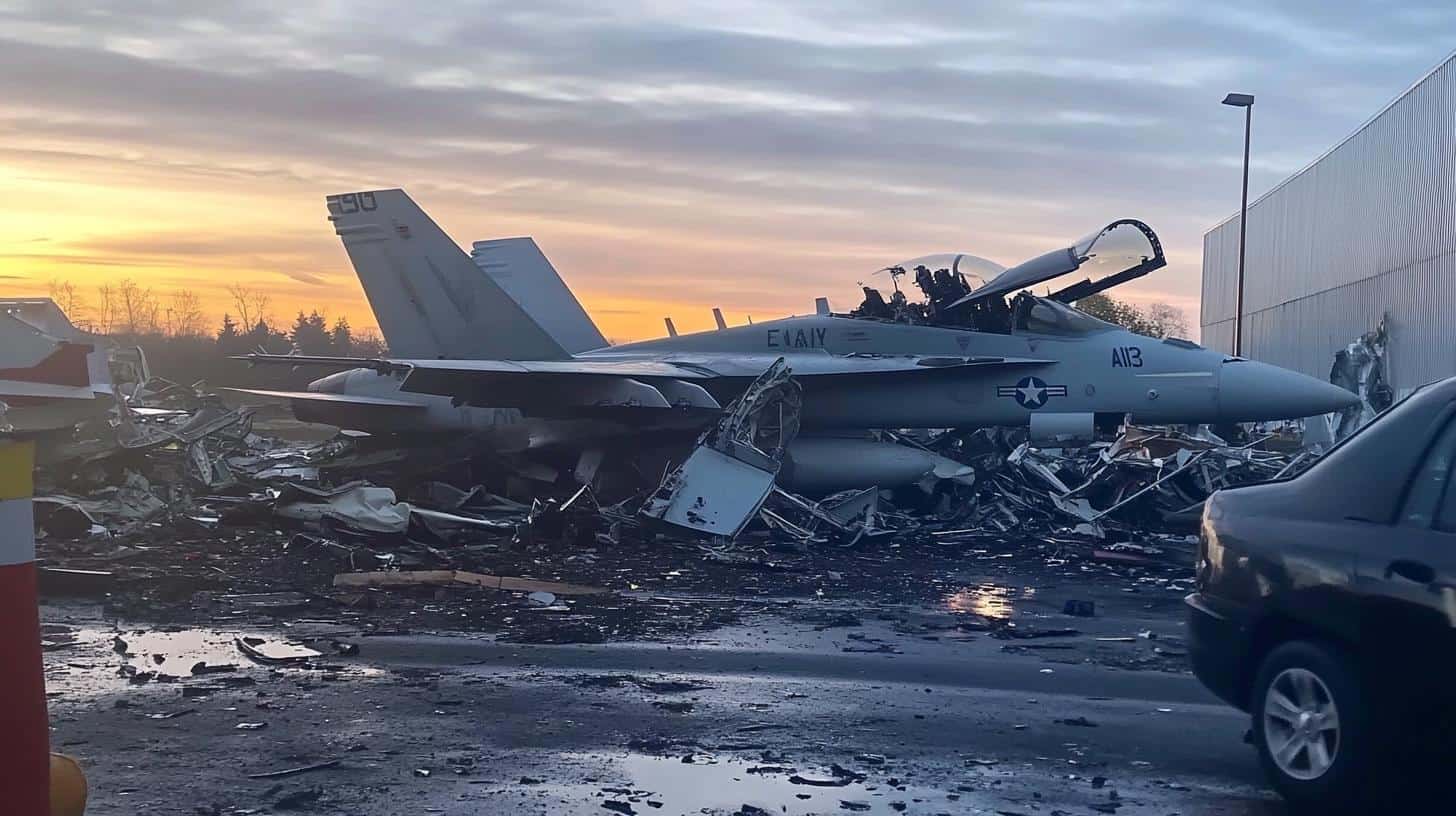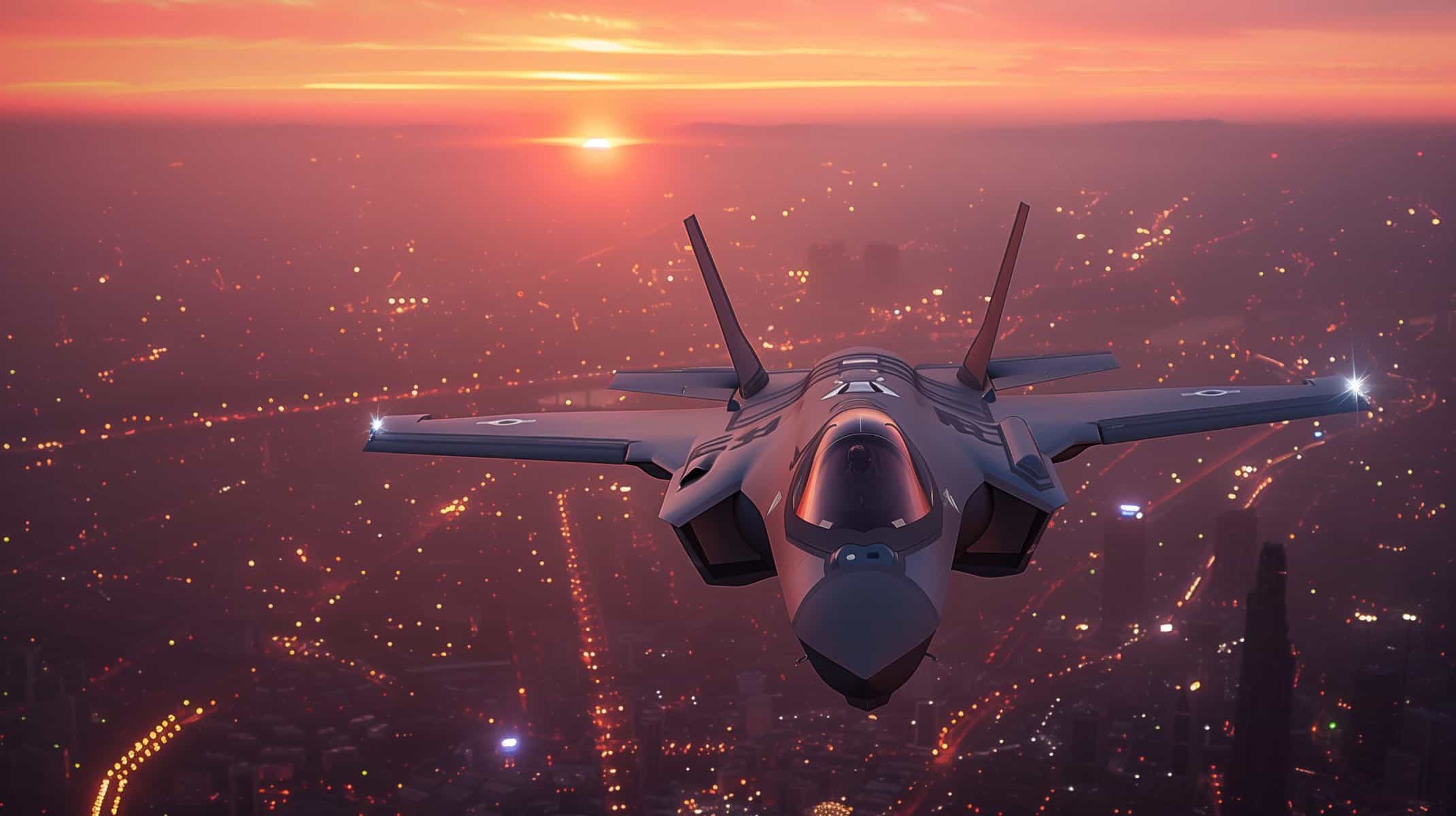- The C-130 Hercules, designed by Lockheed Martin, has been a crucial aviation icon for over 60 years.
- Known for its versatility, it executes a variety of missions including troop transport, medevac, and cargo delivery.
- Its rugged design allows it to operate in harsh conditions and remote regions, providing critical aid in crises.
- Continuous upgrades, such as the C-130J Super Hercules, ensure its relevance with modern engines and avionics.
- Despite challenges like aging fleets and funding debates, the C-130 sustains its legacy through innovation.
- Beyond military functions, the Hercules is crucial for international peacekeeping and emergency responses.
- The aircraft exemplifies human innovation, playing a key role in both defense and humanitarian efforts worldwide.
For over 60 years, the C-130 Hercules has soared the skies, not just as a military juggernaut, but as a lifeline for humanity. Originally designed by Lockheed (now Lockheed Martin), this versatile aircraft first flew in 1954 and has since become one of aviation’s most enduring legends. Its legacy is etched across continents and dilemmas, driving pivotal changes in both warzones and disaster-stricken areas.
Versatility and Tenacity define the Hercules. Initially crafted for the U.S. Air Force to handle troop transport, medevac, and cargo missions, it soon revealed its extraordinary flexibility. Whether refueling mid-air or engaging in maritime patrol, the C-130 thrives in the harshest terrains—from icy tundras to scorching deserts—thanks to its rugged build.
With its ability to access the most isolated regions, the C-130 provides an essential lifeline during crises, delivering relief supplies and personnel where roads can’t reach. This capability makes it indispensable in international peacekeeping and emergency responses, fortifying its role in saving lives during catastrophic events.
Evolution keeps the C-130 relevant. Despite its vintage, continuous upgrades—like those seen in the modern C-130J Super Hercules—ensure it meets contemporary demands. With enhanced engines and cutting-edge avionics, this iconic aircraft continues to spearhead tactical aviation.
However, its journey isn’t without obstacles. Debates over aging fleets and calls for funding newer models challenge its reign. Yet, the Hercules prevails, thanks to innovations improving its environmental impact and sustaining its legacy.
The C-130 Hercules is a testament to human innovation, crucial in both militaristic endeavors and humanitarian triumphs. As it presses on into the future, this aircraft remains pivotal in addressing global needs, bridging gaps, and continuously innovating to meet new challenges.
The Unstoppable Journey of the C-130 Hercules: Insights You Need to Know
How has the C-130 Hercules evolved to meet modern challenges?
The C-130 Hercules has witnessed significant evolution to remain relevant in today’s world. The creation of the C-130J Super Hercules represents the pinnacle of this transformation. Enhanced with modern technological advancements, it features new engines, advanced avionics, and improved performance capabilities. This evolution allows the aircraft to tackle contemporary military and humanitarian missions with greater efficiency and reliability.
In addition, innovations like improved fuel efficiency and reduced emissions solidify its role in sustainable aviation. These ongoing upgrades ensure that it continues to meet the demanding requirements of various missions, from military operations to disaster responses.
What are the key benefits and limitations of the C-130 Hercules in the current aviation landscape?
Pros:
1. Versatility: The C-130 can adapt to a wide range of operations, such as troop transport, airdrops, medical evacuation, and humanitarian aid delivery.
2. Rugged Design: Its ability to operate in harsh environments, including extreme weather conditions, makes it invaluable for missions worldwide.
3. Innovation and Legacy: Continuous upgrades have kept the aircraft up-to-date with modern avionics and environmental standards.
Cons:
1. Aging Fleet: Many C-130 aircraft currently in use have been part of fleets for decades, prompting concerns about maintenance and the need for newer models.
2. Cost of Upgrades: While necessary, the financial investments required to maintain and upgrade these aircraft can be substantial.
3. Competition: Newer aircraft designs challenge the Hercules by offering advanced features and improved efficiencies.
What role does the C-130 Hercules play in global humanitarian efforts?
The C-130 Hercules is indispensable in global humanitarian efforts, primarily due to its unique capacity to reach the most inaccessible regions. During crises, it provides swift and reliable delivery of relief supplies, medical aid, and personnel to emergency locations where traditional transport methods are impossible due to damaged infrastructure. Its ability to operate on short, unprepared runways enhances its effectiveness in rapid response scenarios.
This versatility and capability to connect the world’s remote areas with critical resources make it a cornerstone in international peacekeeping and disaster relief strategies.
For more information on the C-130 Hercules and related innovations in aviation, visit Lockheed Martin’s official website.

















